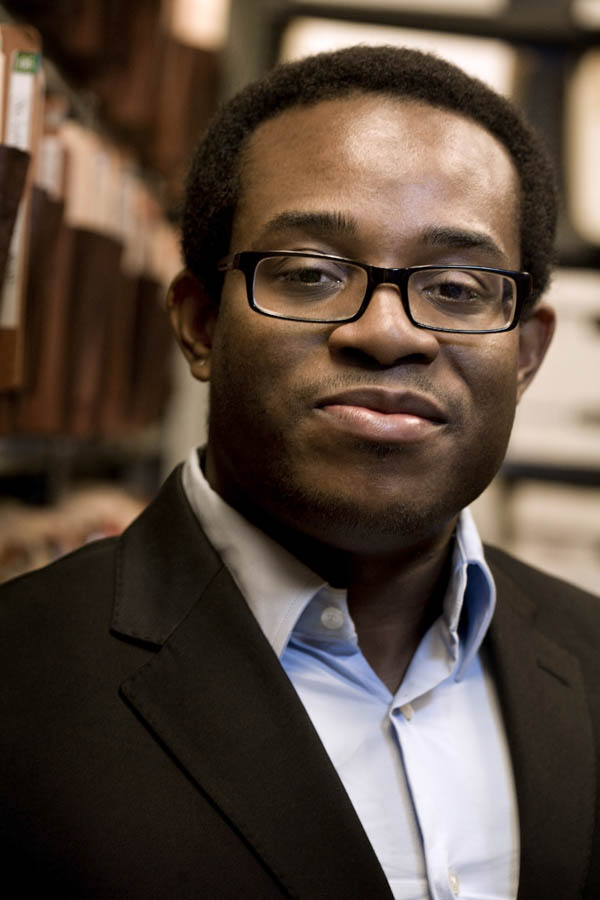What Wrongful Convictions Teach Us About Racial Inequality
09.26.12
By Edwin Grimsley, Innocence Project Case Analyst
As a Case Analyst at the Innocence Project, I review claims of innocence and investigate whether a person’s actual innocence can be proven through DNA testing. Thousands of individuals of every race and ethnicity have requested our assistance. Yet, the vast majority of our clients are minorities. In fact, people of color are disproportionately represented at every stage of the criminal justice system – from arrest to conviction to the prison cells.
Many of the consequences of how race affects the larger criminal justice system can be seen in innocence-related efforts. An analysis of the 297 DNA exonerations reveals minorities make up approximately 70% of those proven innocent through DNA testing. Similarly, African-Americans represent the vast majority of these exonerations – 63% of those exonerated by DNA testing.
Despite numerous studies depicting similar levels of participation by Whites, African-Americans, and Hispanics in non-violent crimes – notably drugs, weapon possession, and speeding – Bureau of Justice statistics show minorities are arrested and incarcerated at higher rates for these crimes. Because these minority communities are seen as high crime areas, police focus on these neighborhoods. Not surprisingly, minorities are besieged with recurrent police contact leading to extensive criminal records for even minor non-violent crimes. I’m frequently invited to speak at New York City schools in some of these same neighborhoods, and I hear stories from youth who have regular contact with the criminal justice system, whether they have parents or siblings who are incarcerated or they are themselves stopped by police officers.
Cumulative non-violent arrests can lead to future suspicion for violent crimes, as seen in the stories of those exonerated by DNA testing. A number of our clients who have been exonerated through DNA testing had their mugshot photos entered into a photo array lineup culminating in a misidentification. For example, Rickie Johnson of Louisiana had a mugshot on file because of a misdemeanor traffic violation. The victim identified his mugshot and he was later erroneously convicted of aggravated rape.
In total, nearly 75% of the DNA exoneration cases involve an eyewitness misidentification – approximately 42% of which are cross-racial misidentifications. Research studies have shown how victims or witnesses can have difficulty identifying facial characteristics of a dissimilar race.
Because minorities are more likely to be arrested as juveniles, false confessions and fictitious incriminating statements are more prone to occur. Juveniles are especially vulnerable to giving false confessions because they’re easier to manipulate. Many African-American and Hispanic exonerated men who were arrested as juveniles in urban communities were coerced into give incriminating statements that significantly differed from the crime scene evidence. The case of the Central Park Five in New York City is perhaps the best known example of this dynamic between law enforcement and minority youth. Other examples include Chicago’s Englewood Four and the Dixmoor Five.
While much data exists on the numbers of minorities stopped, arrested and incarcerated, it is difficult to quantify – but no less significant – to also acknowledge the subjective racial biases held by the police, prosecution, defense and juries against people of color, further curtailing fair treatment in arrest, police investigation, plea, and trial proceedings.
Finally, hardships can derail life after exoneration for an innocent person – several DNA exonerated minorities still face problems obtaining employment, housing and education post-exoneration because of their criminal record or the extent of years served on their wrongful conviction.
The DNA exonerations reveal how race can affect arrest and conviction of an innocent person. DNA testing has the potential to correct these injustices, although it’s available in only a small percentage of criminal cases. An innocent person can be falsely accused of a crime he did not commit based solely on the neighborhood where he lives and previous contact with the police. Additional research should be pursued to correct the wrongs that race plays in convicting the innocent.
Leave a Reply
Thank you for visiting us. You can learn more about how we consider cases here. Please avoid sharing any personal information in the comments below and join us in making this a hate-speech free and safe space for everyone.
October 1, 2021 at 12:08 pm
November 1, 2020 at 1:03 am
God bless you for all you do. I hope to obtain my Juris Doctor soon in order to assist in helping the innocence project to free more innocent people.

Very helpful